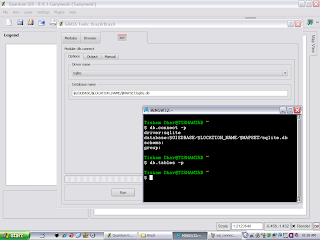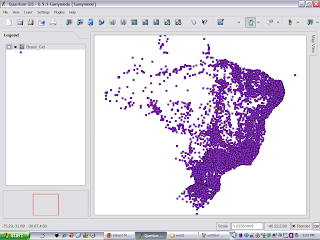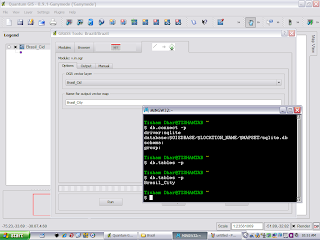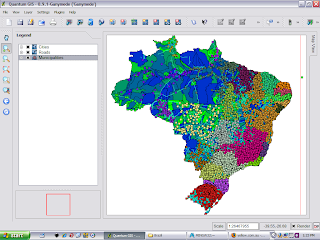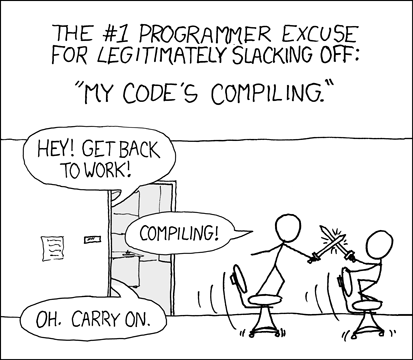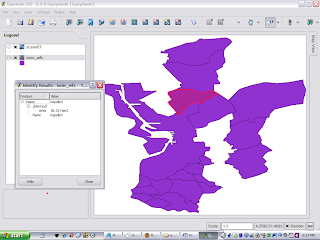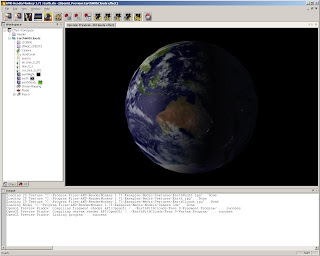Pere Noel from
CNES has presented his eager Remote Sensing children with
OTB 2.0.0 this Christmas. Orfeo Toolbox is part of the
Orfeo Accompaniment Program for the upcoming
Pleiades and Cosmo-Skymed sensor constellations. This toolbox provides an Open-Source framework for processing and exploiting SAR and Optical imagery.
From the OTB 2.0.0 Release announcement:
A major release like this one happens once a year. The OTB Development
Team has worked very hard in order to make available a robust library
with plenty of very interesting things. Thanks to Emmanuel, Thomas,
Julien, Romain and Cyrille for the good work.
Thanks also to ITK, OSSIM, GDAL, 6S, libSVM and BOOST developers for the
good software upon which OTB is built.
Be careful: with OTB-2.0 you can build powerful applications easily and
for free. You can for instance produce a pan-sharpenned, ortho-rectified
Quickbird image in a few lines of code. This can hurt sensitive people.
Other key features include:
- Radiometric calibration using the 6S radiative transfer code. - Image registration with parametric geometric transformations. - Demo applications for change detection, road extraction, visualization, etc. - All existing features of version 1.6: segmentation, classification, feature extraction, spatial reasoning, change detection, etc.
OTB tends to lean towards being monolithic at times with internal source tree copies of ITK, Boost and Ossim, but it keeps people away from having to separately download and install dependencies. The only external things to install are
CMake - it makes multi-platform builds a breeze, a pre-built binary copy of GDAL from
FWTools and
FLTK, a simple GUI toolkit which trades speed for aesthetics. Personally I would prefer a nicer GUI Toolkit such as
Qt but FLTK works just fine, and the whole approach is library oriented so it will be easy to plug-in your own GUI.
After a few false starts I built OTB with MSVC++ Express and NMake files from CMake. Here are the basic screenshots.
Basic Viewer Manager:
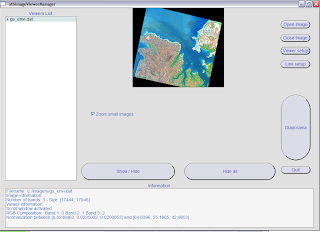
Diaporama (
ENVI Style viewer with transitions):
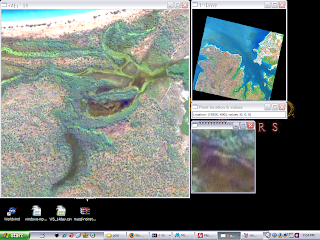
Interactive Change Detection:






